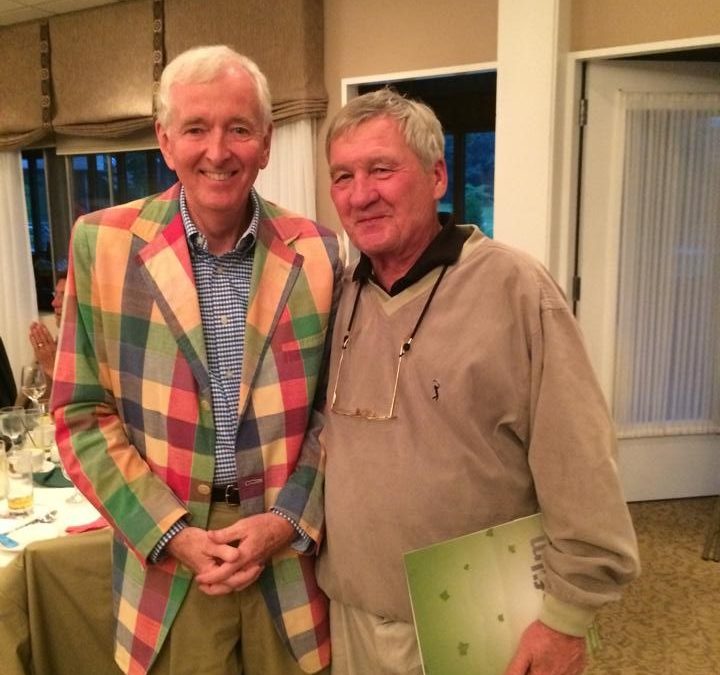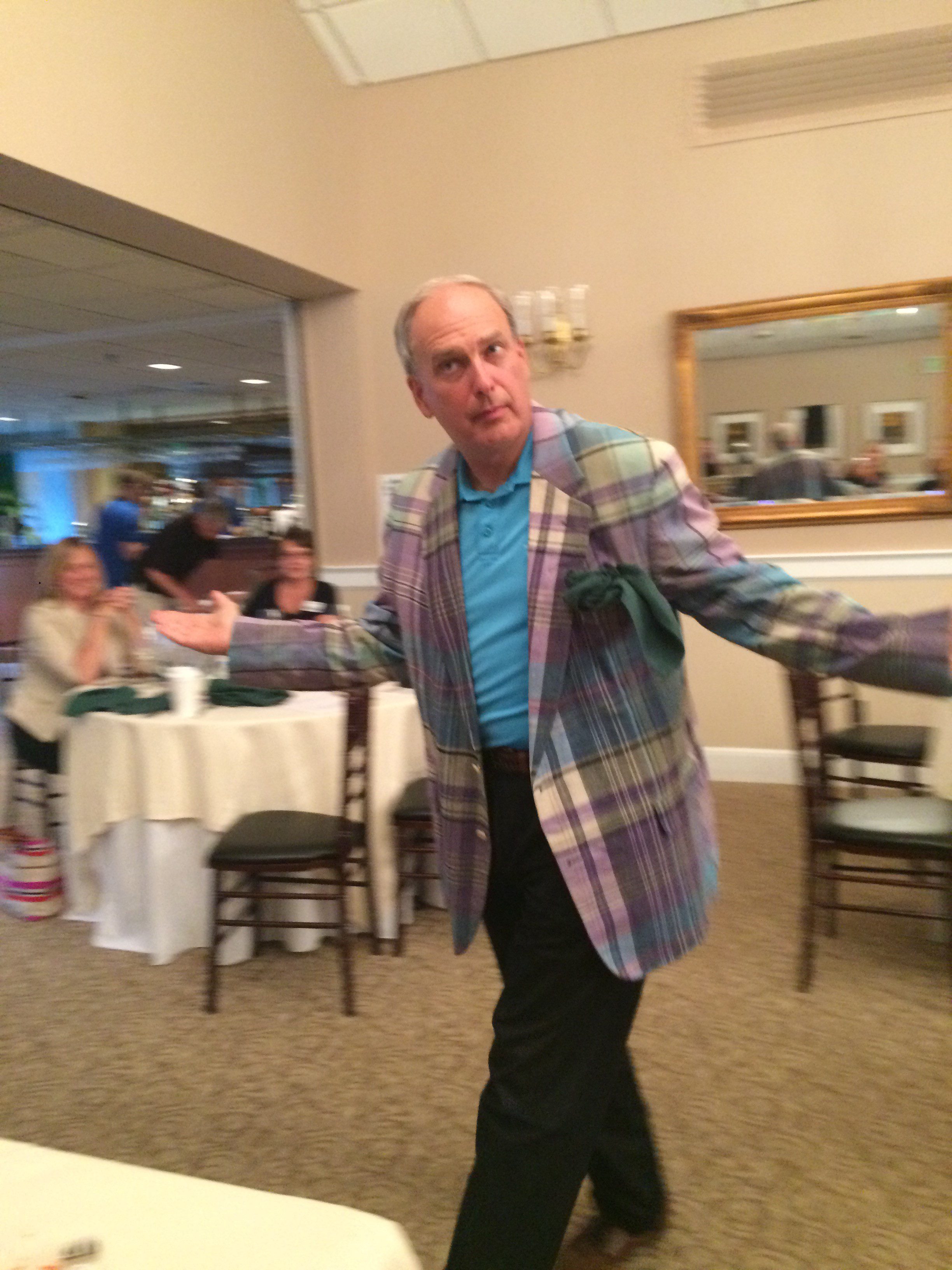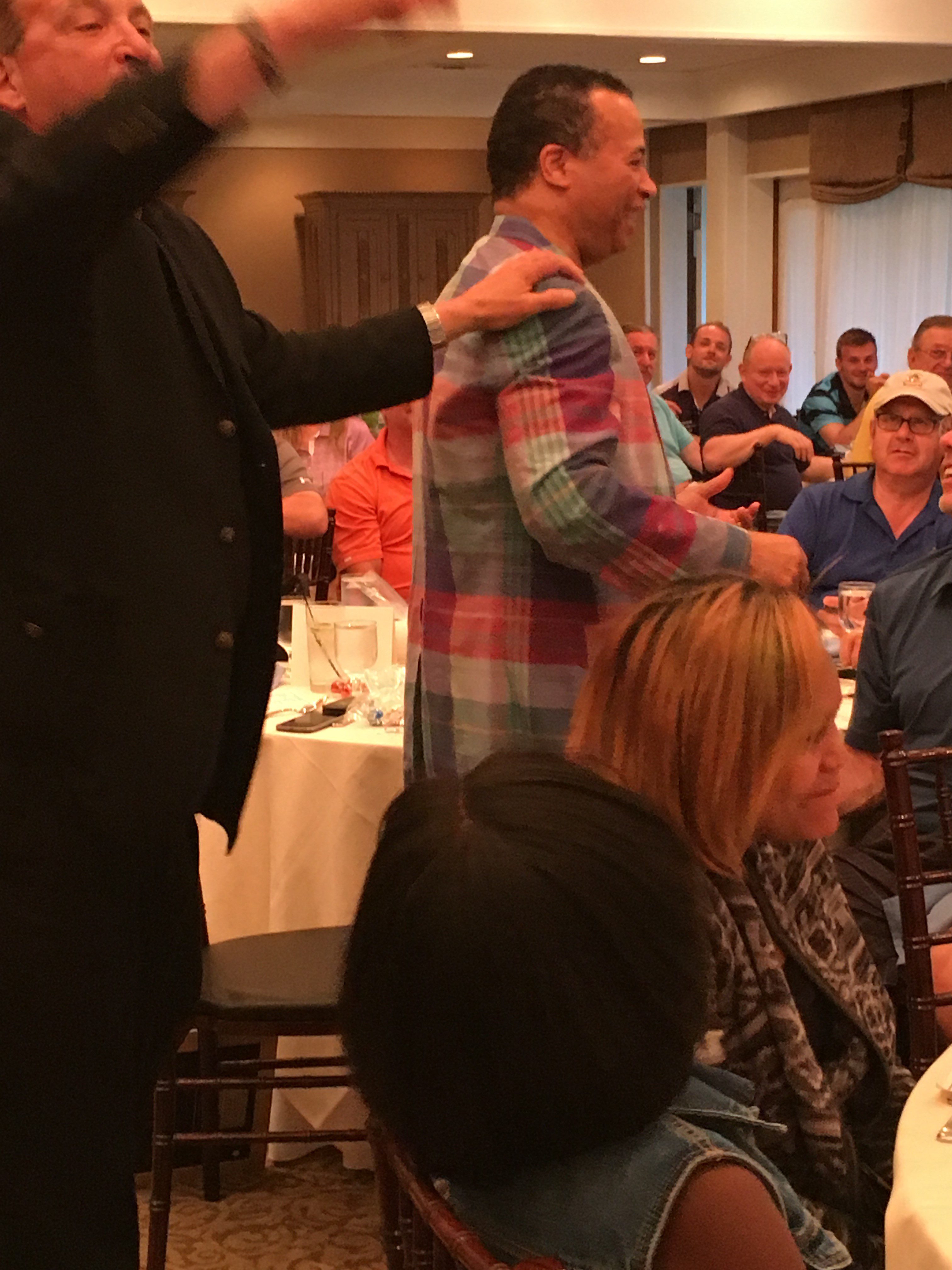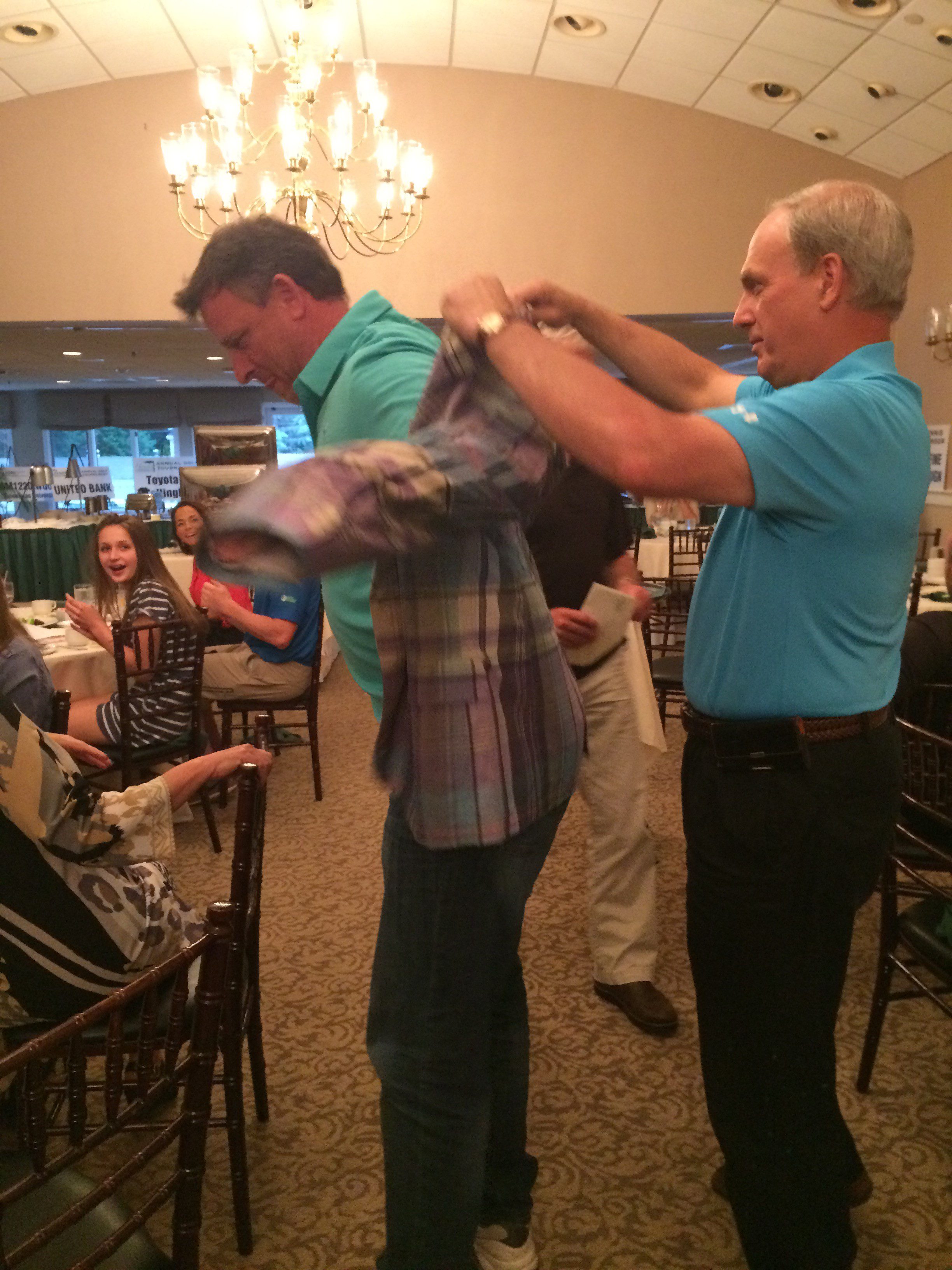
August Blog: Captcha
Ever buy a concert or sporting event ticket online? You’ve neared the end, entered all of your information, credit card and such, and then the website asks you to recognize and write a bit of gibberish, that shows up in a strange box, sometimes with its letters distorted. Well, that’s a CAPTCHA, a Completely Automated Public Turing Test to Tell Computers and Humans Apart. The Turing is named after Alan Turing, often called the father of modern computing, who proposed a test to determine whether or not computers can think, and can mimic humans. Those CAPTCHAs are there to stop a computer program from buying up all the Springsteen tickets. A CAPTCHA is based on the understanding that the human mind is more adept visually than any computer can be. We (humans, that is) try to find patterns where none exist. It’s called pareidolia; that’s why we see the Man in the Moon, or the face of Jesus in a tree stump. It’s why we are so prone to believing in conspiracies; it’s not paranoia (well, not always), but pareidolia. However, computers, at least so far, weren’t as likely to see those patterns. Although I understand that some computer geeks are working on correcting that.
Most of the time, when you’re typing in those characters, there’s nothing else going on; you are simply proving that you are not a computer. But Luis von Ahn, who is credited as one of the inventors of the CAPTCHA, has created a company called reCAPTCHA, that is working to digitize books, using you. The problem with digitizing old books is that, when scanned, the computer cannot always clearly identify the words (proof again that computers aren’t very visual). So, those indecipherable (by the computer) words are thrown to TicketMaster, or whoever. You are buying your Springsteen tickets, and when the box pops up, this time it’s a real word, just blurred. When you type in the word, TicketMaster shares that with reCAPTCHA, which then inserts that corrected word into the text of a book being digitized. Mr. von Ahn says that he wants to make sure that for those five seconds while you’re typing that word, your time is put to good use. Without knowing it, you are multitasking.

July Blog; Madras & the Golf Tournament
Madras. First, the correct pronunciation. Is it MAD-russ, or muh-DRASS? Merriam-Webster says the latter, but dictionary.com says the former. It may depend on whether you are naming the city or the fabric. Even though the fabric got its name from the city. According to gentlemansgazette.com in 1626 the British East India Company (famous for its success in the opium wars in China, and its imperialism everywhere) discovered the Indian village of Madraspatnam, where the locals manufactured a calico cloth “so much desired,” according to Francis Day, an officer of the Company. The original fabric was overprinted or embroidered in elaborate patterns using vegetable dyes. The quality of the water had a significant impact on the colors, so the local weavers had to know which water would produce a certain color. The plaid colors that we currently associate with madras were a later development, the result of a tartan craze started in 1822 when King George IV visited Scotland.
Although madras fabric appeared in the US as early as 1718, as part of a donation made to the Collegiate School of Connecticut by then Madras Governor Elihu Yale (yes, Gov. Yale later lent his name to the Collegiate School), it really started to gain popularity in the 1930s, when Ivy League students would return from vacationing in the Caribbean, wearing their madras purchases (and thereby proclaiming their wealth). One problem, however, was that madras cloth, if not washed properly (in cold water), would bleed. Turning a problem into a marketing gimmick, Brooks Brothers and Seventeen Magazine (no, really) collaborated on an article in 1958, bragging in a photo caption that the material was “guaranteed to bleed.” How to tell if it is true madras? Is the pattern the same on both sides of the cloth? That is the mark of true madras.
For the past three years, at the Hamden Regional Chamber’s Annual Golf Tournament, emcee Ray Andrewsen – Station Manager at WQUN, and owner of a voice so perfect for radio that Gugliemo Marconi must have had Ray in mind when he invented the radio – has auctioned off a beautiful madras jacket, proceeds going to the Make A Wish Foundation. In 2014, I was the proud winner, though of a jacket intended for someone about twice my size. In 2015, Mike Coassin won the jacket, and this year’s winner was Ross Cooper of iHeart Media. Ray seems to have an endless supply of madras jackets, good news for the Chamber, and for Make A Wish.

Emcee, Ray Andrewsen General Manager & Host of AM 1220 WQUN

Presenting Sponsor Steve Zion, Toyota of Wallingford & 2016 Madra’s Jacket Winner Ross Cooper, iHeart Media.

2015 Madra’s Jacket Winner, Mike Coassin

